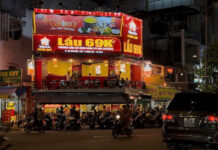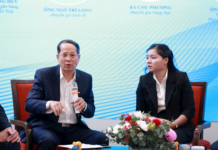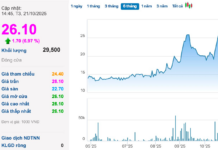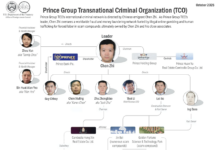
On December 3rd, Prime Minister Pham Minh Chinh inspected and expedited the progress of the Long Thanh International Airport project in Dong Nai Province. This was the fifth time the Prime Minister had visited the airport site, following his previous visits during the Lunar New Year holidays in 2022, 2023, and 2024, as well as in September 2024. After the inspection, the Prime Minister chaired a meeting with relevant ministries, agencies, and local authorities.

According to reports at the meeting, in just over two months since the Prime Minister’s last visit in September 2024, significant progress has been made on multiple construction packages and projects. The second component project – the air traffic control tower – has completed its reinforced concrete structure and is currently working on the expansion of the tower from the 15th floor.

The third component project – the passenger terminal – has achieved 100% completion of reinforced concrete work and is now in the finishing stage (main roof fabrication reached 56%, and installation reached 35%).
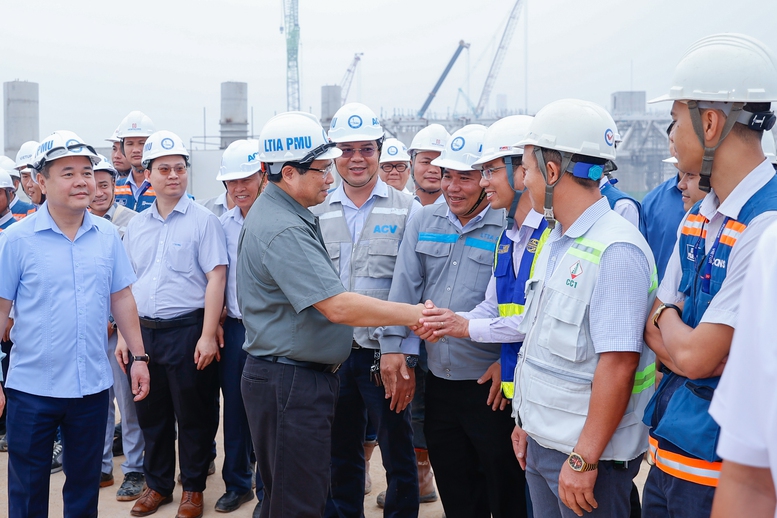
The runway package has completed 71.44% of the crushed stone and cement concrete base course and 40.32% of the cement concrete surface course… which is three months ahead of schedule as per the contract.

In his concluding remarks, Prime Minister Pham Minh Chinh acknowledged the positive progress made in the project’s implementation. Overall, a significant amount of work has been completed, and the shape of the project is becoming clearer. Several packages are ahead of schedule, especially the second and third component projects. More than 6,000 workers and 2,200 pieces of construction equipment are currently mobilized on the site.

Moving forward, with a spirit of “clear people, clear tasks, clear timelines, clear responsibilities, and clear products,” the Prime Minister emphasized that time, wisdom, and decisive action at the right time are key factors for success. He instructed that all work must be completed by December 31, 2025, and Long Thanh Airport must be operational by February 28, 2026, to make up for the previous delays, and there can be no further delays.

Noting that the overall work on the construction site is still fragmented and lacking coordination, the Prime Minister requested the relevant entities to rebuild the project timeline using a rolling plan, organize work more tightly, synchronously, and harmoniously, and mobilize additional human resources and equipment. He also called for the full mobilization of main contractors, subcontractors, and the participation of public security and military forces in tasks that they can undertake.

The Prime Minister further emphasized the need to uphold the spirit of patriotism and responsibility, work harder, and be more determined. He encouraged the team to work with the spirit of “overcoming the sun, winning against the rain, and not giving in to storms,” “eating hastily and sleeping urgently,” working in “3 shifts and 4 teams,” including holidays and weekends, with the mindset of “only discussing how to do, not how to retreat.” He also suggested drawing inspiration from the “lightning speed” spirit.

Regarding the transportation infrastructure connecting to the airport, the Prime Minister agreed with the proposals of the relevant agencies and instructed them to ensure and expedite the progress of the ongoing projects. The Ministry of Transport was tasked with reviewing and studying alternative transportation options such as metro, subway, or high-speed rail connecting Long Thanh and Tan Son Nhat airports, ensuring the fastest and most efficient solution, with the route and investment potential to be finalized by the first quarter of 2025.

On the development of the second runway, the Prime Minister instructed the Ministry of Transport to act upon the National Assembly’s resolution and urgently develop and implement plans for the construction of the second runway, ensuring its completion in synchronization with the third component project and other component projects.

The Prime Minister also pointed out that the Ministry of Agriculture and Rural Development and the Ministry of Transport must clearly define responsibilities and hold accountable those responsible for delays in the implementation of the fourth and first component projects. A report on this matter must be submitted to the Prime Minister before December 15th.

The Prime Minister assigned Deputy Prime Minister Tran Hong Ha to directly oversee and hold monthly meetings to inspect and expedite the project’s progress. Minister of Transport Tran Hong Minh and relevant agencies were tasked with carrying out their respective functions, tasks, and powers, especially in implementing the fourth component project to ensure its synchronization with the third component project and other component projects.
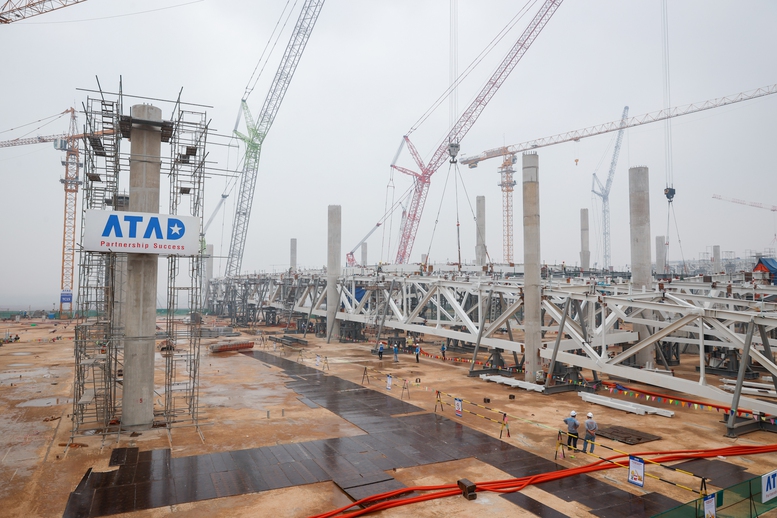
Thus, the construction packages, items, and component projects are generally progressing as scheduled, with some even ahead of schedule, especially those under the management of the Airport Corporation of Vietnam (ACV), such as the passenger terminal, runway, taxiways, and aprons. However, achieving the goal of completing the project by 2025 (earlier than the deadline approved by the National Assembly) is a significant challenge and requires the utmost effort from all levels, sectors, investors, and contractors to expedite the progress of the packages.
The Long Thanh International Airport project, located in Dong Nai Province, is currently one of the key national projects, aiming to establish Vietnam as a regional aviation hub.
Upon completion, Long Thanh Airport is expected to reduce the burden on Tan Son Nhat International Airport in Ho Chi Minh City and open up new opportunities for the aviation and tourism industries, while also boosting the socio-economic development of the Southeast region and the entire country.
According to plans, the Long Thanh Airport will be constructed in three phases, with a total estimated investment of over $16 billion. The first phase is expected to be completed by 2025, with a capacity to serve 25 million passengers and 1.2 million tons of cargo annually.
Once all three phases are completed, the airport will be able to accommodate 100 million passengers and 5 million tons of cargo per year, rivaling major airports in the Asian region.
Photos: VGP/Nhat Bac
The Richest Region in Vietnam is Getting a Massive River Tunnel, Connecting Two of the Country’s Most Prosperous Provinces
The Prime Minister has approved plans to construct a tunnel under the river in this region. This ambitious project will revolutionize transportation and connectivity, providing a seamless and efficient link for locals and businesses alike. With a state-of-the-art design, the tunnel promises to be a safe and convenient passage, offering a unique and innovative solution to the region’s transportation needs. This forward-thinking decision underscores the government’s commitment to investing in critical infrastructure and fostering economic growth and development in the area.
The Ultimate Guide to the First North-South High-Speed Rail Station in Hanoi: Unveiling the Secrets of this Historic Transportation Hub
The Ngọc Hồi Station in Hanoi is the first of its kind for the high-speed North-South railway line, offering seamless connectivity with the urban rail system, road network, aviation, and the national railway.
The New East Ho Chi Minh City Condo Launch Sets a New Price Benchmark: Foreseeably, Upcoming Projects Will Be Priced Above VND 100 Million per Square Meter
The soaring project development costs have pushed Ho Chi Minh City’s primary apartment prices to over VND 80.2 million per square meter. This has sparked a shift in the affordable condominium segment, with properties under VND 3 billion now moving to neighboring provinces that offer abundant land and lower development costs.




